What is a repeating decimal?
A repeating decimal is a number with a fractional part that, after the decimal point, the digits repeat infinitely, in a periodic manner.
Repeating Decimal
Conversion from Fraction to Repeating Decimal
First step: We will write the fraction as a long division exercise
Second step: We will add the decimal point to the dividend and then zeros (the value of the number is not affected)
Third step: We will solve the division and copy the decimal point to the result exactly in the same place it was.
Fourth step: we will put ellipses at the result to signal that the number continues.
Test yourself on repeating decimal fractions!
Write the decimal fraction as a simple fraction:
\( 0.\overline{5}= \)
Repeating Decimal
In this article, we will introduce you to the repeating decimal and even teach you how to get there without needing to use a calculator. Are we ready?
What is a repeating decimal?
To understand what a repeating decimal looks like, we must know the meaning of the word "repeating".
Something repeating is something that repeats and reappears continuously, periodically.
Even a TikTok video that repeats over and over again does so periodically.
Generally, repeating decimals are also infinite, they do not end and their numbers repeat over and over again...
Example of a repeating decimal
Notice that the digits and repeat continuously.
Write the decimal fraction as a simple fraction:
\( 0.333= \)
Write the decimal fraction as a simple fraction:
\( 0.\overline{123}= \)
Write the decimal fraction as a simple fraction:
\( 0.\overline{67}= \)
Where will we see repeating decimals?
Every fraction whose denominator we cannot change to the power of – , , etc. by amplification.
How do you convert a fraction to a repeating decimal?
With a few simple steps
First step: We will write the fraction as we write a division horizontally.
Second step: We will add the decimal point to the dividend and then several zeros, about (the value of the number will change)
Third step: We will solve the division and copy the decimal point to the result exactly in the same place it was.
Fourth step: We will write ellipses at the result to signal that the number continues.
Write the decimal fraction as a simple fraction:
\( 0.\overline{81}= \)
Write the decimal fraction as a simple fraction:
\( 0.1666= \)
Write the decimal fraction as a simple fraction:
\( 0.\overline{352}= \)
Let's see it in practice
Convert the fraction to a repeating decimal
Solution:
We will proceed step by step:
First, we will write the exercise as a division problem.
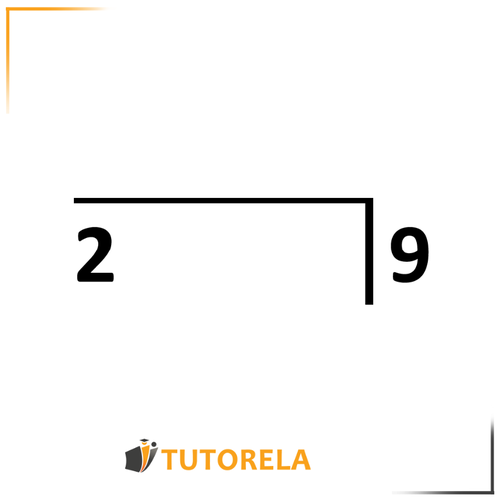
In the second step, we will add a decimal point and some zeros to the dividend.
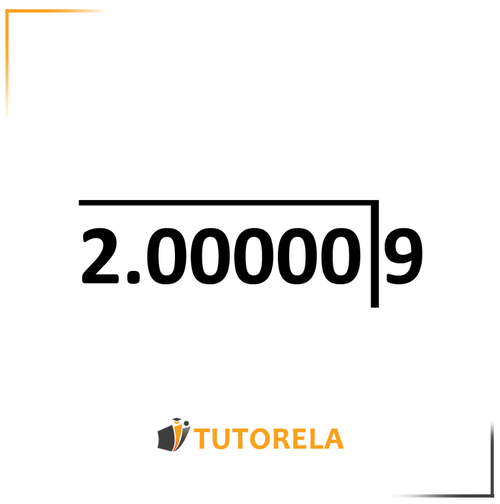
In the third step, we will solve the exercise according to the division rules throughout and remember to copy the decimal point to the result.
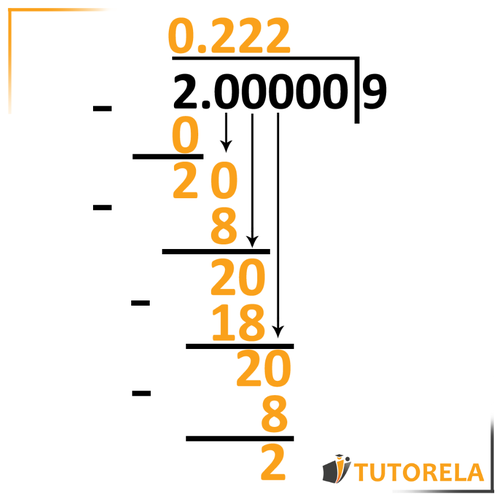
Notice what we have obtained - remainder that repeats successively
The result obtained is, without a doubt, a repeating decimal.
(Let's add ellipses after the last digit to represent continuity)
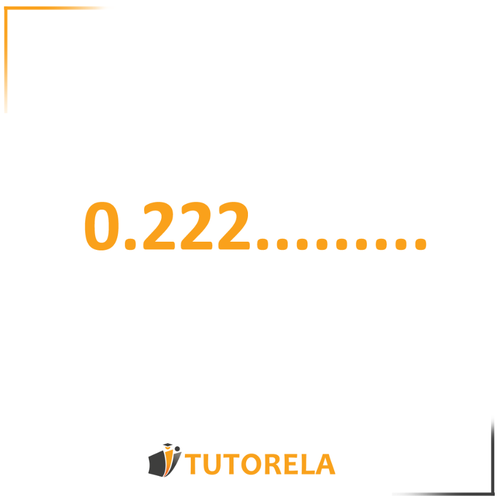
Another exercise
Convert the fraction to a repeating decimal
Solution:
First, let's write the exercise as a long division and do not forget to add the decimal point and then the zeros to the dividend.
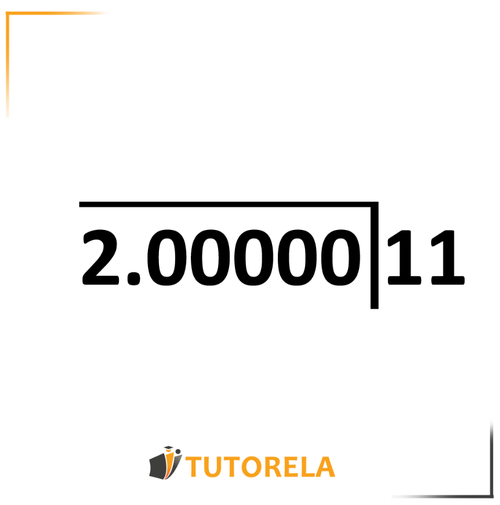
Great. Now let's solve the exercise according to the division rules and do not overlook copying the decimal point to the result.
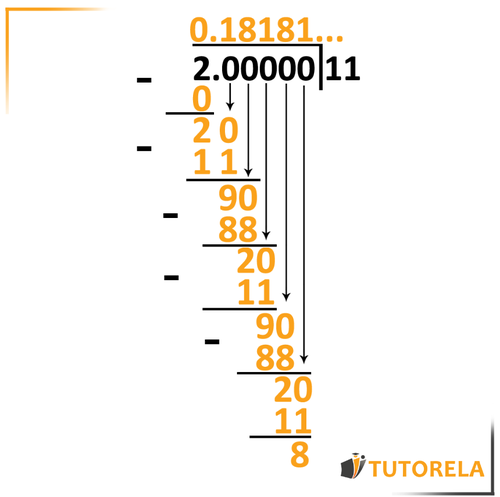
Notice what we obtained: a decimal whose digits and repeat successively in a periodic manner, that is, a repeating decimal number.
Write the decimal fraction as a simple fraction:
\( 10.\overline{67}= \)
Write the decimal fraction as a simple fraction:
\( 0.\overline{142857}= \)
Write the decimal fraction as a simple fraction:
\( 0.\overline{63}= \)
Important note
It may be that in the exam they do not mention that the fraction is, in fact,
a repeating decimal and that they simply ask you to convert it to a decimal number.
Also in this case the way to solve it and the solution will be the same.
Examples and exercises with solutions of repeating decimal numbers
Exercise #1
Write the decimal fraction as a simple fraction:
Video Solution
Answer
Exercise #2
Write the decimal fraction as a simple fraction:
Video Solution
Answer
Exercise #3
Write the decimal fraction as a simple fraction:
Video Solution
Answer
Exercise #4
Write the decimal fraction as a simple fraction:
Video Solution
Answer
Exercise #5
Write the decimal fraction as a simple fraction:
Video Solution
Answer
Write the decimal fraction as a simple fraction:
\( 0.\overline{5}= \)
Write the decimal fraction as a simple fraction:
\( 0.333= \)
Write the decimal fraction as a simple fraction:
\( 0.\overline{123}= \)
- The Order of Basic Operations: Addition, Subtraction, and Multiplication
- Order of Operations: Exponents
- Order of Operations: Roots
- Division and Fraction Bars (Vinculum)
- The Numbers 0 and 1 in Operations
- Neutral Element (Identity Element)
- Order of Operations with Parentheses
- Order or Hierarchy of Operations with Fractions
- Opposite numbers
- Elimination of Parentheses in Real Numbers
- Addition and Subtraction of Real Numbers
- Multiplication and Division of Real Numbers
- Multiplicative Inverse
- Integer powering
- Positive and negative numbers and zero
- Real line or Numerical line
- Mixed Numbers and Fractions Greater Than 1
- Addition and Subtraction of Mixed Numbers
- Multiplication of Integers by a Fraction and a Mixed Number
- Multiplication and Division of Decimal Numbers by 10, 100, etc.
- Multiplication of Decimal Numbers
- Division of Decimal Numbers
- Decimal Measurements
- Density
- Remainder of a fraction
- Remainder and Mixed Number
- Remainders
- Order of Operations - Exponents and Roots
- Special cases (0 and 1, reciprocals, fraction line)









